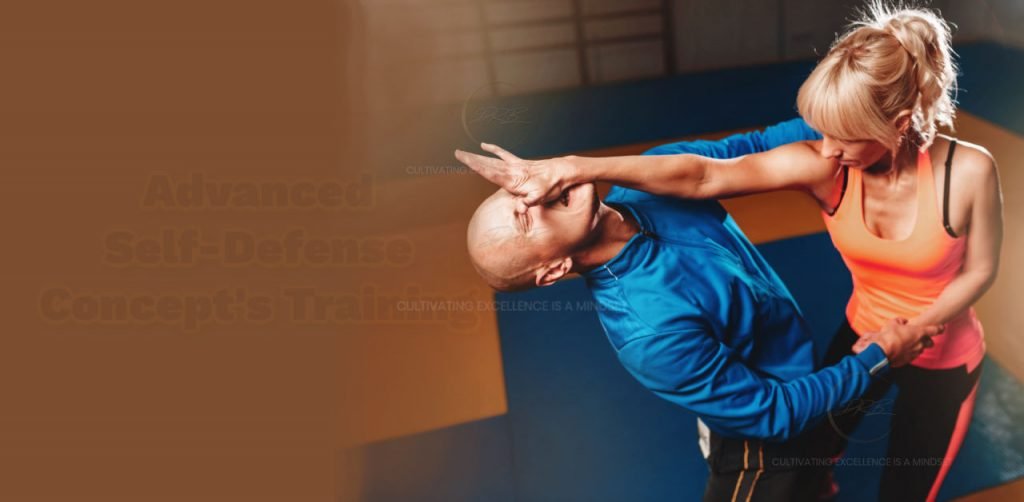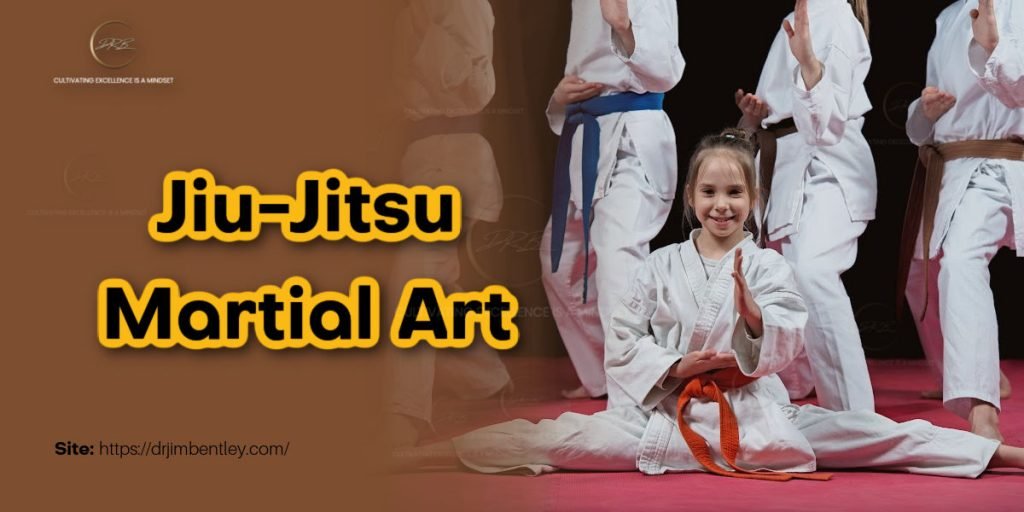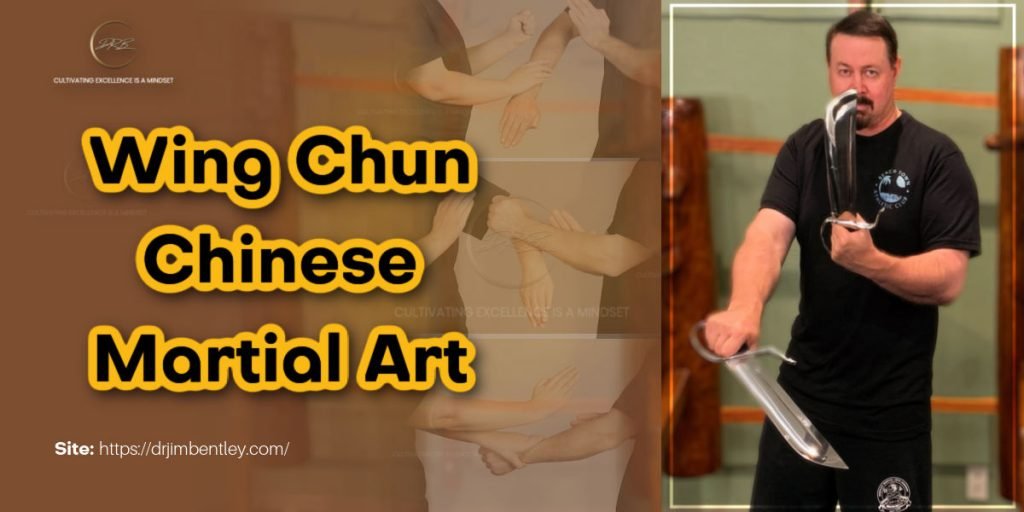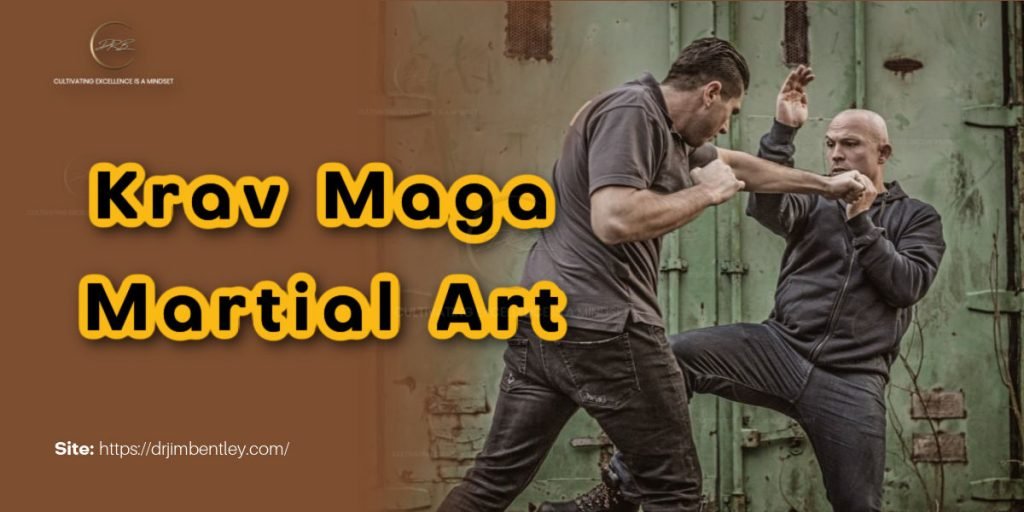
If you are pursuing a career in the military or security forces, then you need to showcase more advanced fighting skills than what a common man knows. Because your profession will get you the encounters, you cannot win unless you possess Advance Martial art training. You may find situations where your opponent has guns or other weapons, and you may have them too. But martial art makes you self-sufficient. It prepares you for situations even when you don’t have a weapon.

Your fighting moves are your autogenous weapons, and you can successfully defeat your opponent. That is what martial art makes you capable of. The more you practice, the more brilliant moves you learn. Because it may seem like a known fight move, but each person does it differently, infusing their own fighting style, which makes it a whole new combat move. Before learning the most effective and advanced self-defense concepts in combat fights, let’s understand what combat fights are and how you can win at them.
Close Combat Fighting:
Close Combat is an essential form of fighting and also the core of martial Art. All martial art focuses on summoning the force within your body and using it in a just manner that can quickly take down your opponent. There are various forms of combat training.
The most common of them is hand-to-hand combat, with very few such as knives, daggers, or any other specialized weapon that can be shrewdly used while fighting from close. Combat fighting takes place in various contexts, such as self-defense, war, and competitive sports. This blog shares insights on advanced self-defense concepts to help you achieve your potential in real-life fights and sports.
Learn more:
Know the evolutionary science of advanced self-defense. The book Wing Chun keeps the secrets of advanced self-defense techniques.

Advanced self-defense techniques equip you with an abundance of quick-wit fight moves, depending on the type of situation or attacker you may encounter. The following Martial Arts will help you outsmart your self-defense skills as these are widely practiced in close combat training in US Military.
Learn More: Advanced self-defense concepts for close combat fighting
Jiu-Jitsu:

The Jiu-Jitsu martial art focuses and striking, grappling, and ground fighting. Jujitsu, by origin, is a Japanese Martial Art that is an essential part of today’s martial art training. It teaches effective moves for self-defense. With the proper jujitsu techniques, a small, weaker opponent can take down a big, stronger opponent. Jujitsu teaches you to leverage your weakness and turn them into your strength because your difference is what your opponents lack.
Jujitsu is considered the most effective martial art in the world as it opens the portal to unlimited growth.
A few of the widely known jujitsu moves are as follows:
- Chokeholds
- Joint locks
- Strikes
- Grappling
- Sparring
- Throwing
- Take down
If you want to learn and excel in these advanced self-defense concepts, get help from a good self-defense coach that knows martial art from its core.
Wing Chun:

The Chinese martial art Wing Chun is known for its close-range combat techniques and emphasizes the economy of motion and tight defense. You must have seen those tiny slim Chinese Martial artists that can grapple a person double their weight, and summon force more than they apparently possess. They can take down their rival with minimal moves and beak the bricks with a single strike.
They know how to gather all energy within their body to a single point and then force it in the right manner to achieve their goals. Wing Chun by its origin drives from northeastern kung fu. This is the best Martial art to add to your close combat fight skills if you want to change your game in combat fights.
There are various effective Wing Chun techniques that every advanced self-defense trainer should teach. Learn about them and practice them with your trainer.
Learn more: Wing Chun – The Evolutionary Science of Advanced Self-Defense, Combat, and Human Performance.
Krav Maga:

Krav Maga is a specialized form of Mixed Martial Art developed for the Israeli Arm Force. Karv Maga Consists of all the smart moves from judo, boxing, karate, aikido, and wrestling directly aimed at winning combat fights regardless of your opponent’s moves. It ensures you succeed at every stance in real combat fights as it is incredibly effective and brutal in counterattacks. Krav Maga is not for sports fights; it’s taught in advance military training to prepare for fatal war combats.
The most effective moves in Karv Maga are Kicks, grappling, and weapon defense. It teaches you to be extremely cautious of your senses so that your body responds to all threats quickly, even before your brain processes them. It capitalizes on your aggression and natural reflexes to turn you into a good fighter. Krav Maga makes you excel in advanced self-defense concepts, and attacking first with Just the right balance of both makes up a good fight.
The most effective moves in Karv Maga:
- The “up-down” defense: Used for handling front holds
- The “outside-inside” defense: If your rival is using a knife or another sharp weapon, it’s the best move to defend and take him down
- The “pluck” Move: disarm an opponent with any weapon
- The “flanking” technique: Making an obvious move and then changing it at the last moment and taking down the opponent when he is not prepared for that move. Flanking is about changing the game and taking the upper hand in the fight.
- The “defanging the snake” technique: This technique aims at taking away the strengths of your opponent. Such an attack on vitals takes away their ability to fight back, such as dislocated shoulder, broken wrist, or a snapped finger.
- The 360 Defense: You can easily defend against strikes from any angle using this technique.
Final Thoughts:
To effectively use them in a fight, you have to be super smooth, and effortless with these moves. That is only possible from rigorous practice. You can learn about these martial arts significantly on the internet; however, you always need to enroll in an academy in order to practice these advanced self-defense moves.
Author bio:
Your master in martial art terms, “Shifu” would guide you better in keeping up your balance and body posture to deliver each step rightly. Shifu Dr. Jim Bentley, an acclaimed self-defense instructor, shares the most advanced self-defense concepts in his recent book Wing Chun that can abundantly aid you in winning combat fights.
Also, Dr. Jim Bentley a martial arts instructor. He is also the author of WING CHUN The Evolutionary Science of Self-Defense, Combat, and Human Performance. In addition, Dr. Bentley has written many blogs on the importance of self-defense techniques, tactical efficiency, principles of Wing Chun, and how they could be used in the face of danger.
Dr. Bentley also provides certification programs through his website BeachTownAthleticClub.com. As a doctor, he provides care for many legendary martial artists and current MMA fighters like Erik Paulson, Curtis Millender, and Pearl Gonzalez. With his acclaimed healing methods, and martial arts curriculums he wants to spread his message to the people that the science, art, and philosophy of martial arts are truly a way of life.
Learn more: How can Martial Arts change your life?
Read more:


